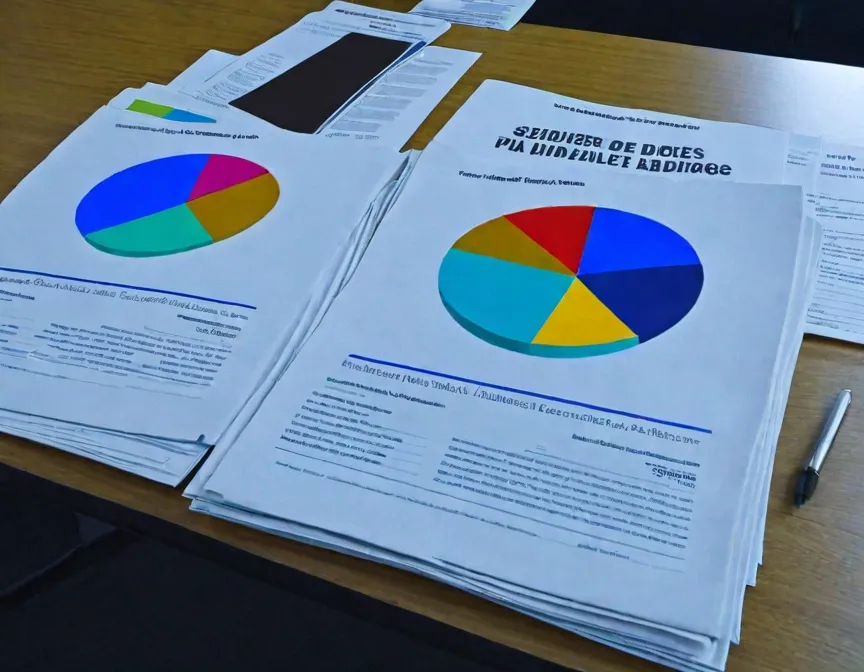Profitability Analysis: Return on Total Capital
ROTC assesses how efficiently a company generates profit for its contributors, indicating its financial performance and overall value.

10 Signs Your Fave Company is Making BANK: The Lowdown on Return on Total Capital (ROTC)
1. ROTC? Not the Military Kind, but the Money Kind!
You've heard of ROTC in the military, but have you heard of ROTC in the business world? ROTC, or Return on Total Capital, is all about measuring a company's profitability compared to all those non-trade capital providers. It's like giving your BFFs credit for helping the company thrive.
2. Crunching the Numbers, Gen Z Style
Calculating ROTC is easier than swiping right on a dating app. Just add up the net income (AKA profit) and after-tax interest cost, then divide it by the total capital. Boom! You've got your ROTC ratio.
3. ROTC: The Cool Kids' Rating System
ROTC is the cool kids' rating system for measuring how well a company uses its resources to generate profit for all those capital providers. A high ROTC means the company knows how to make it rain, while a low ROTC is like getting caught in a drizzle.
4. Think of ROTC as the Red Carpet for Capital Providers
Capital providers, whether they're debt holders or equity holders, want to know if they're walking the red carpet or getting stuck in the nosebleed section. A high ROTC means they're in the VIP area, enjoying the fruits of their investment. A low ROTC is like getting stuck behind a pillar, missing out on all the action.
5. Be a Math Magician: How to Calculate ROTC
To calculate ROTC, you need to be a math magician. Add up the net income (profit) and after-tax interest cost, then divide it by the total capital. Easy peasy lemon squeezy.
6. Money, Money, Money! The Importance of ROTC
ROTC is like a money magnet for capital providers. It shows how well a company can turn their investments into profit. A high ROTC means the company knows how to put the capital to work and make everyone happy. It's like having the Midas touch!
7. Not Just About the Benjamins: ROTC and Value Creation
ROTC isn't just about making it rain dollar bills. It's about creating value for all those capital providers. A high ROTC means the company is a value-creating machine, while a low ROTC is like trying to find value in an overpriced avocado toast.
8. Don't Forget the Pop Quiz: ROTC Alternative Calculation
Just when you thought you aced the test, here comes a pop quiz! ROTC can also be calculated using EBIT (Earnings Before Interest and Taxes) as the numerator. It's like using X-ray vision to see the company's operational profitability without the distractions of taxes and interest costs.
9. Case Study Time: Company XYZ's ROTC
Let's dive into a real-life example! Company XYZ has a net income of $1,000,000, after-tax interest cost of $100,000, and a total capital of $10,000,000. Crunch those numbers, and you've got an ROTC of 11%. Looks like Company XYZ is making it rain and dancing in the profit showers!
10. ROTC: The Secret Sauce for Investors and Analysts
Investors and analysts don't just rely on astrology to make decisions. They use ROTC to evaluate a company's profitability and performance. By comparing ROTC with industry benchmarks and historical performance, they can separate the trendsetters from the wannabes.
So, the next time you're assessing a company's profitability, remember the ROTC. It's not just a fancy acronym—it's the key to unlocking the secrets of a company's success.
This article takes inspiration from a lesson found in FIN 689 at Pace University.